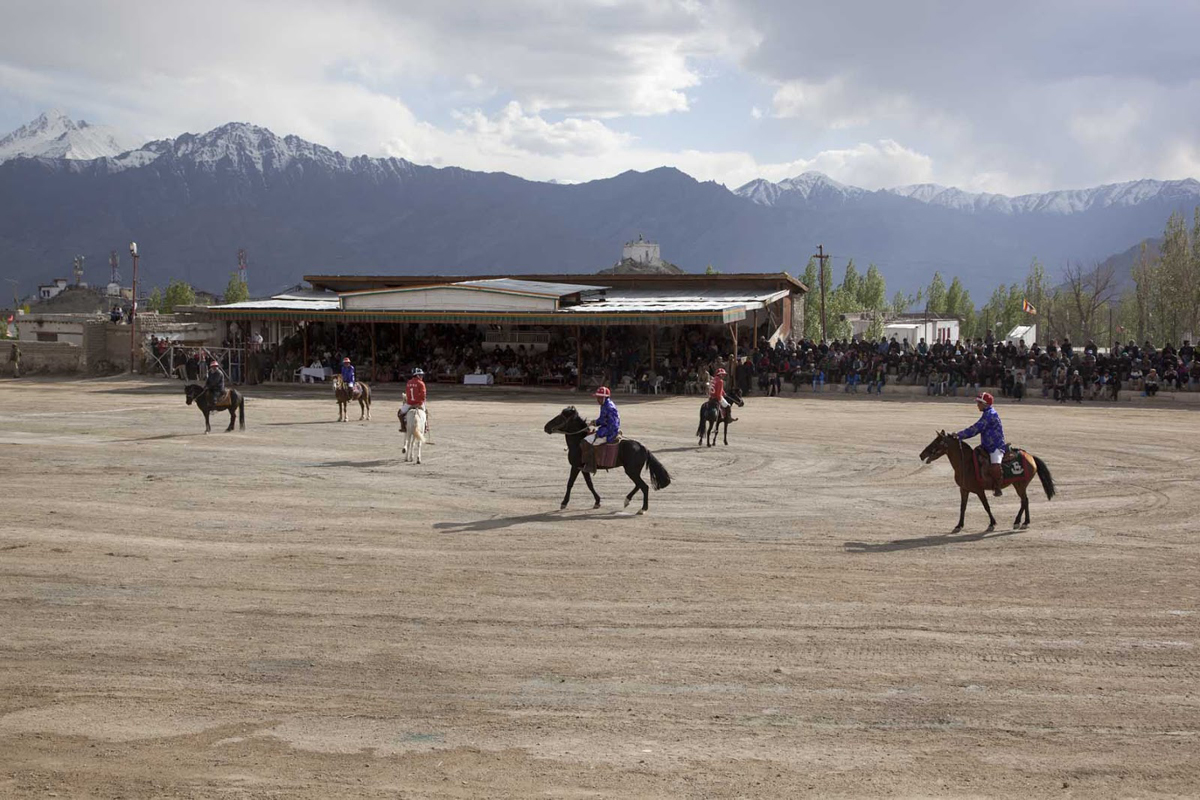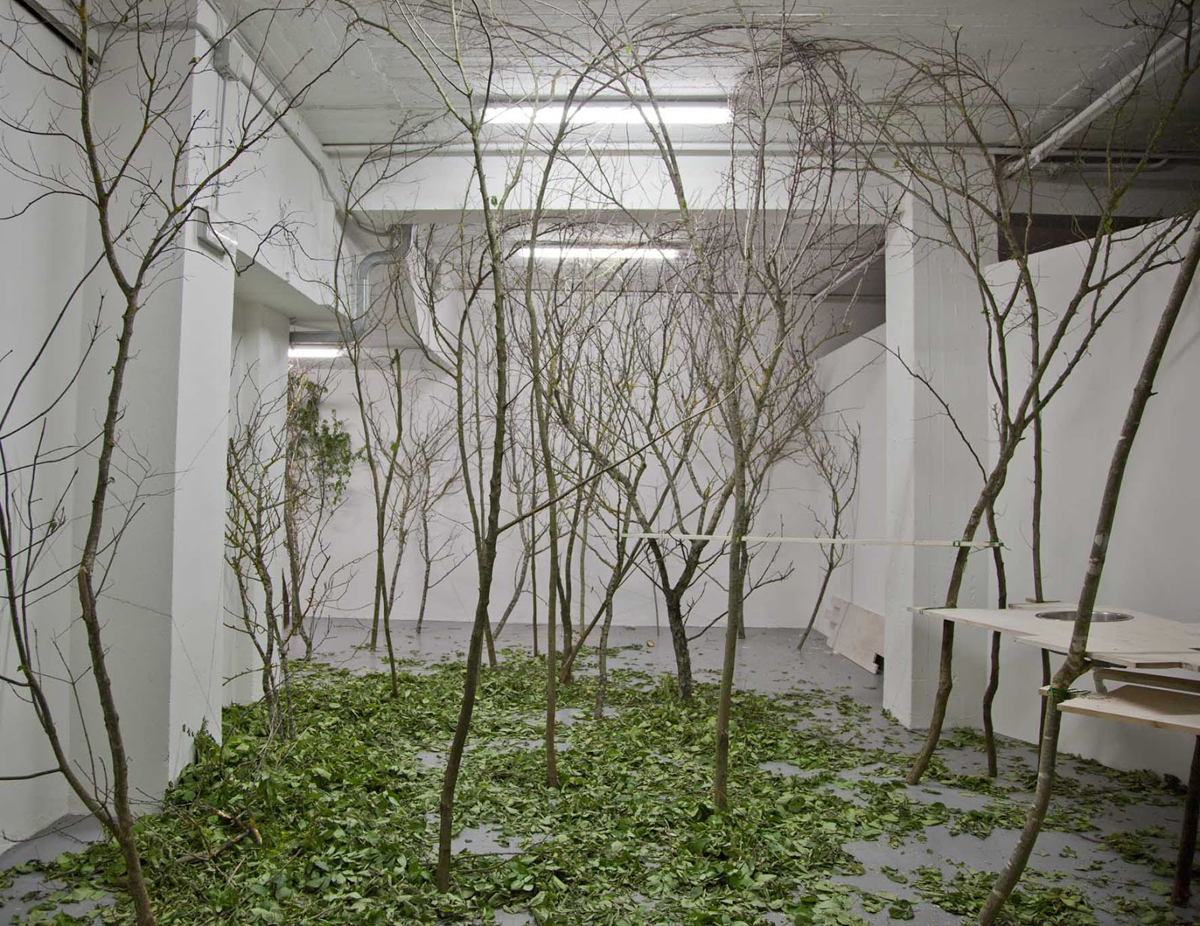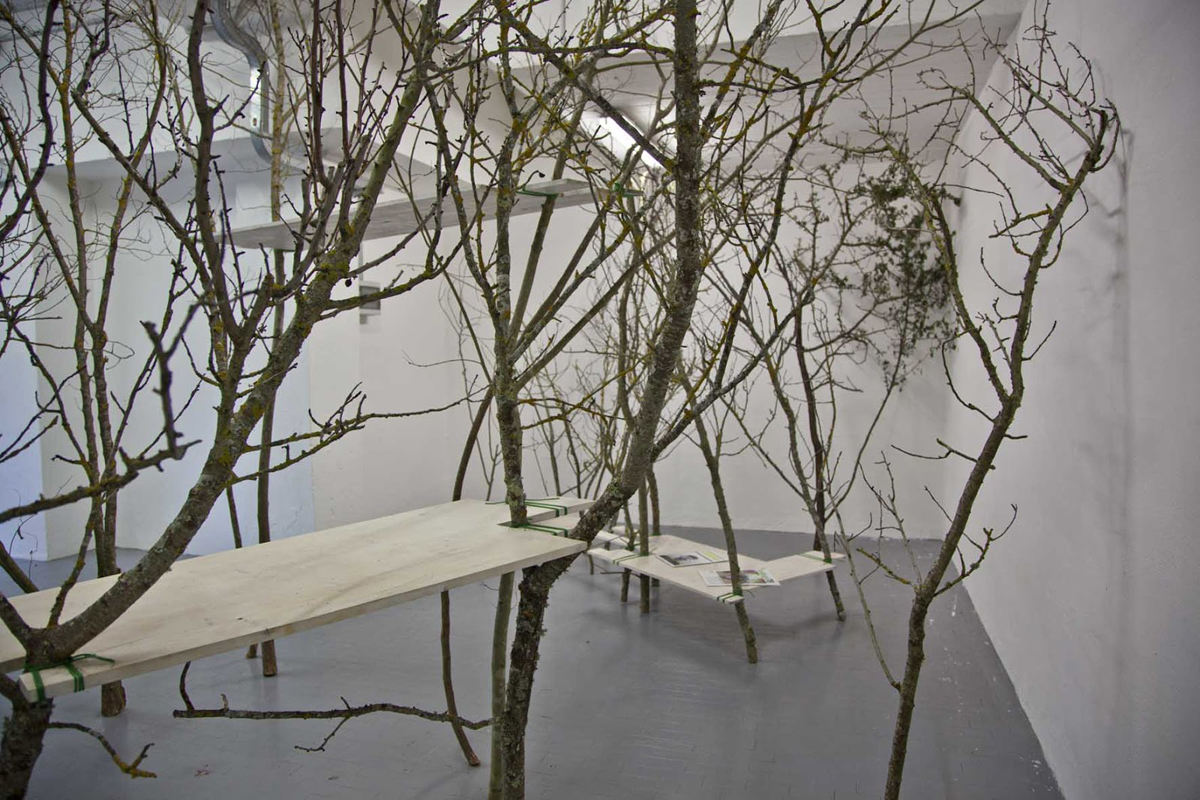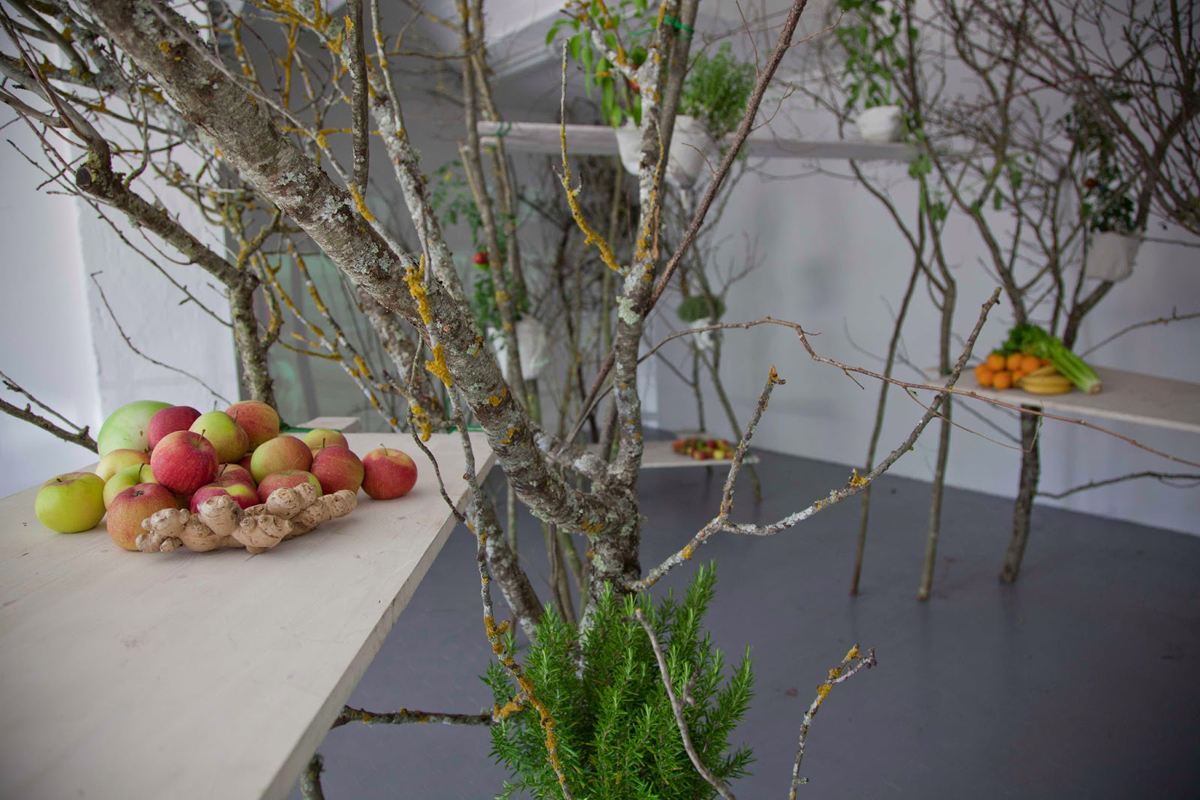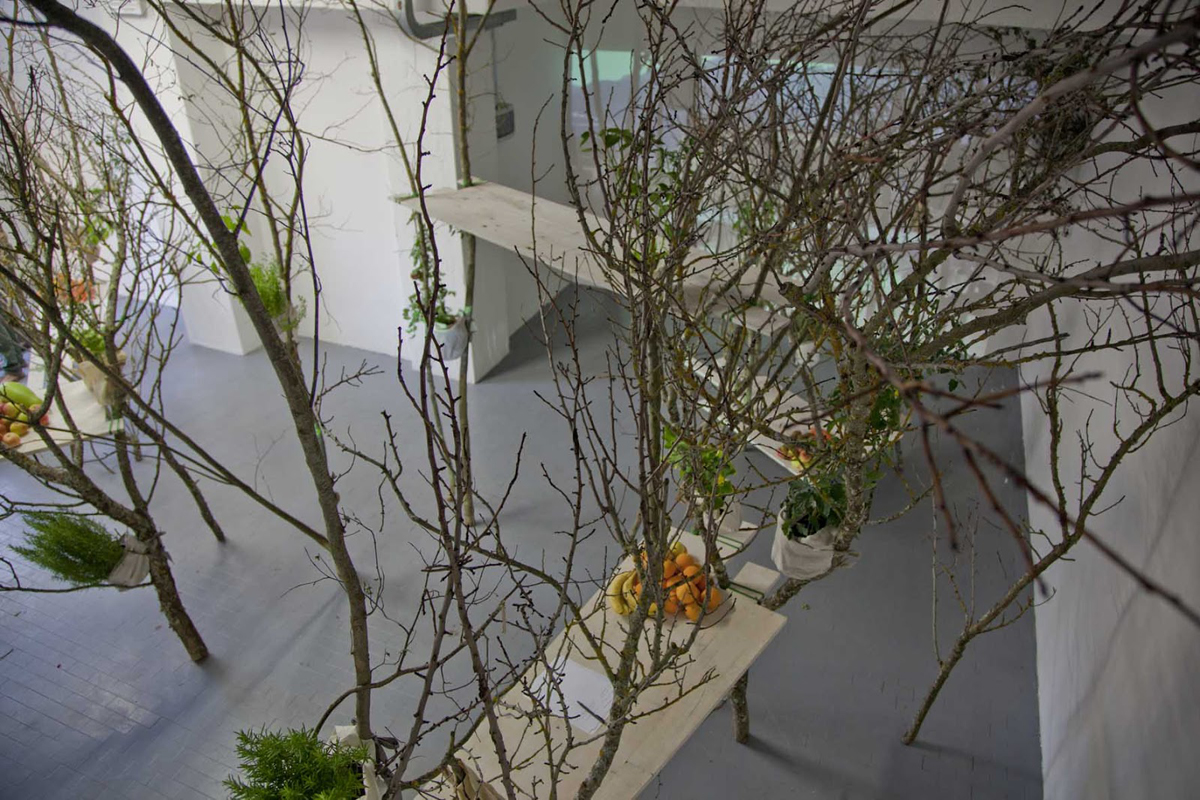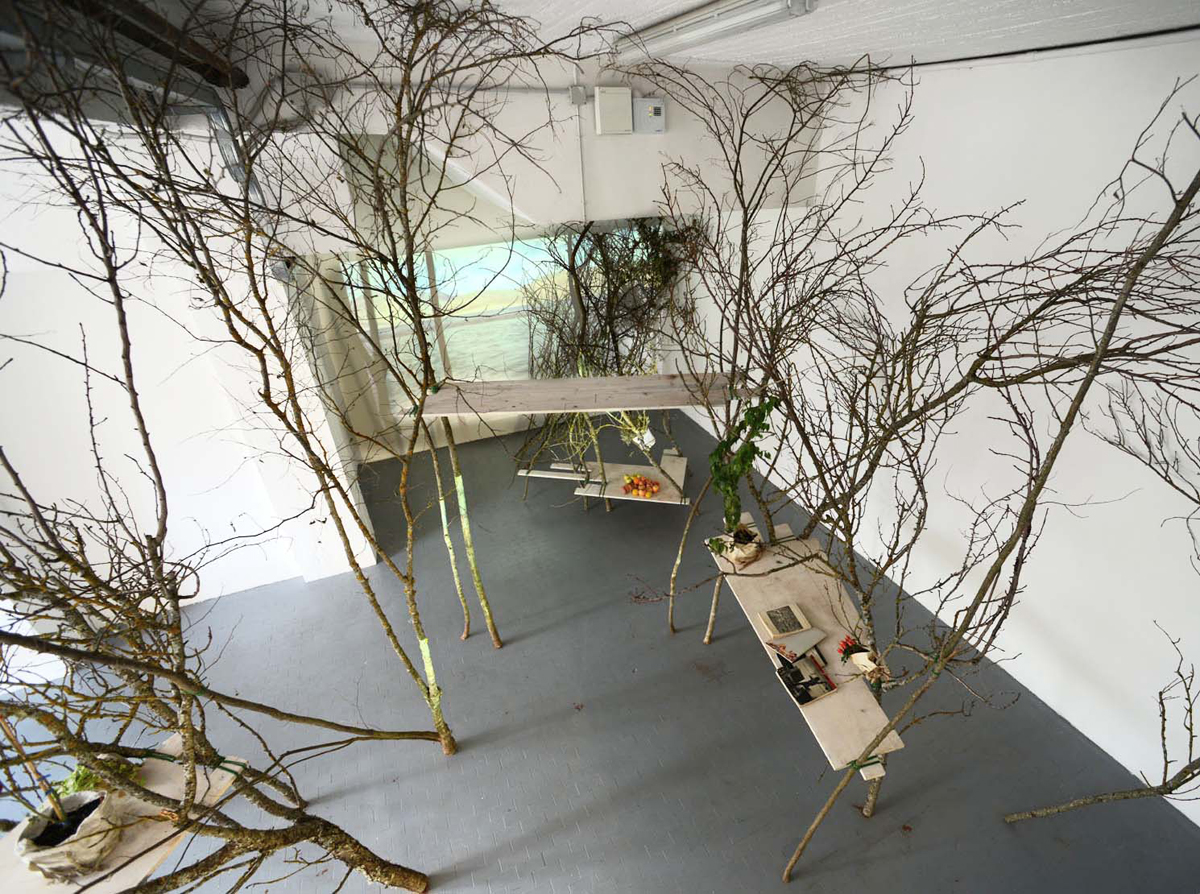See the project / See the performance
Enigma of Nobel, Le Murate. Progetti Arte Contemporanea, curated by Valentina Gensini, Firenze.
March 2016
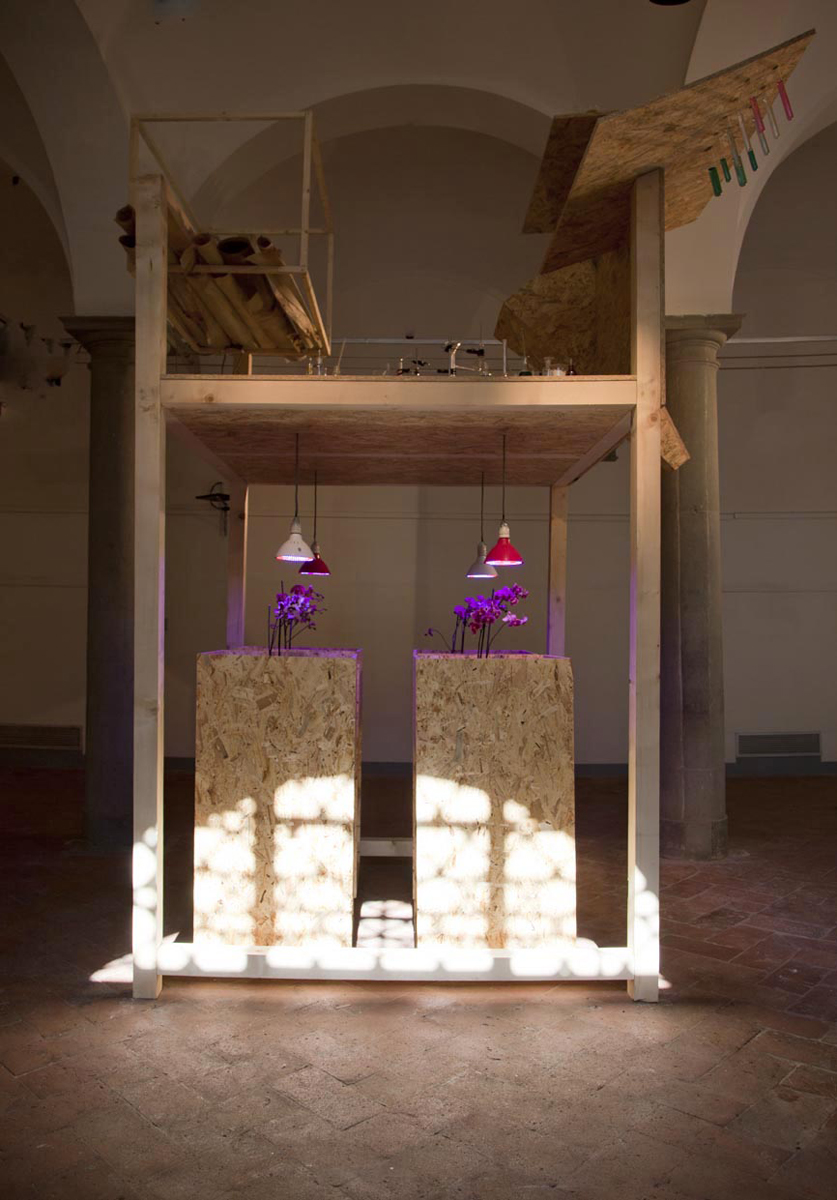

“
Nobel’s passion for plants” the artist said “was every bit as intense as his work […] in Avenue Malakoff (now Avenue Raymond Poincaré) in Paris, which led to numerous patents. He had a winter garden where he cultivated his orchids, and his explosives research went on right next door. […] He had this contradictory relationship with the production of explosives, for use both in wars and big civil works, at the same time as his philanthropy towards pacifist organisations. He was particularly generous to the pacifist association of his one time secretary, Bertha von Suttner.[…] the loud explosions his experiments with nitroglycerine produced, so hated by his neighbours, are in sharp contrast with the almost religious care he took of the plants in his greenhouses. The peace generated by his interest in plants and his intense research into unstable materials are two sides of the scales. The Enigma of Nobel installation, a laboratory/greenhouse, aimed to trigger such synergies in a timeless reconstruction. Every object within it, though far from its original place and significance, could create a short circuit generator of interesting inventions; could recreate in the viewer the conflicting sensations felt by Nobel.”
Robert Pettena

Palazzo Bottigella Gandini, Pavia.
June 2014

By now the scenery rubble was stacked on a raised platform built from parquet floor with holes in it. There were piles of sawdust, nails and more nails on the long boards. A small yellow fully equipped structure, long hidden within the maze like passages of the palace, emerged into the auditorium. Steps led down from a manhole to the operative centre, which had an old periscope and console for modulating sound in space. Images of other residences lay hidden within the palace. Paths along the horizontal axis invited the two legged to participate in sessions created in far off lands. Spectators could sit in the submarine, that had been navigating underground until it popped up for a little holiday in the palace in Pavia.
Shadows interwove between the axes of the turret, perhaps hiding a workshop where sweet and cruel sounds were created? Real and imaginary figures flitted by, whispering echoes to each other.






Acqua, Arte Contemporanea, curated by Carles Marco, Vivaio Cioncolini, Montevarchi.
May - June 2013
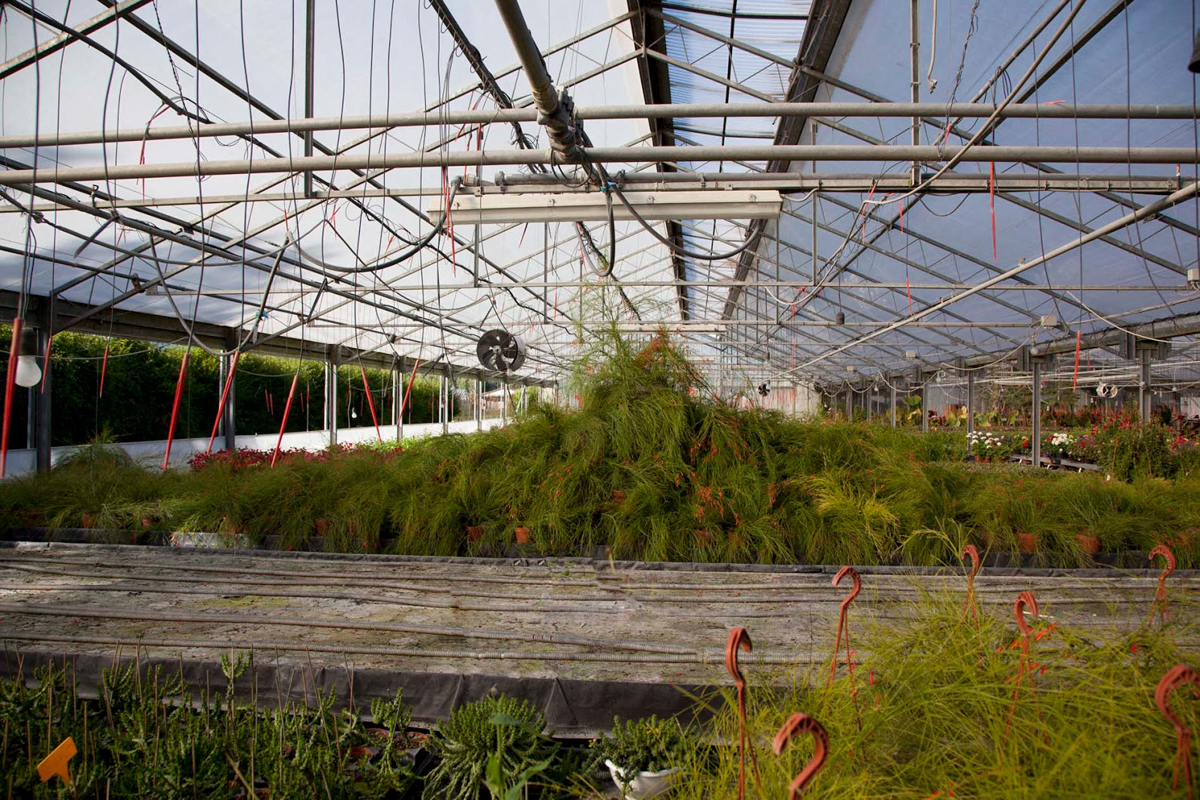
For the Greeks water is one of the four elements that make up the world. The Greeks, extraordinary seekers of knowledge, long identified the important relationship between water and life. Water is the element around which all life is built and the Helenic view is that it forms the structure of all nature and every thing present on the surface of the world. This correspondence, according to the philosophers, allows us to understand the world and each other. Water, therefore is the vehicle of knowledge.
“
The tribes living in the Amazon forest have an enormous number of words to describe their perception of the colour of the vegetation that surrounds them. For them even time is described as a colour: the green of a particular leaf or a certain plant when the sun rises is not the same green that they see at other times and therefore in other lights, and so is described by a different word. This presupposes an intuitive knowledge of the interdependence between light and colour and therefore between colour and time, using a terminology that refers to perception and then to space.”
George Steiner in After BabelThere is a battle between those who want water to belong to the public, to be used sustainably and consciously, and those who want to profit from its privatisation.
Clean water is a human right, which renders the argument for privatising it as a solution to the problems associated with its distribution and use difficult. Putting a price on water means putting profit before the needs of the people. This was the subject of the green table discussion, between various representatives, including Oxfam Italia, held at the end of the exhibition in the Cioncolini nursery.
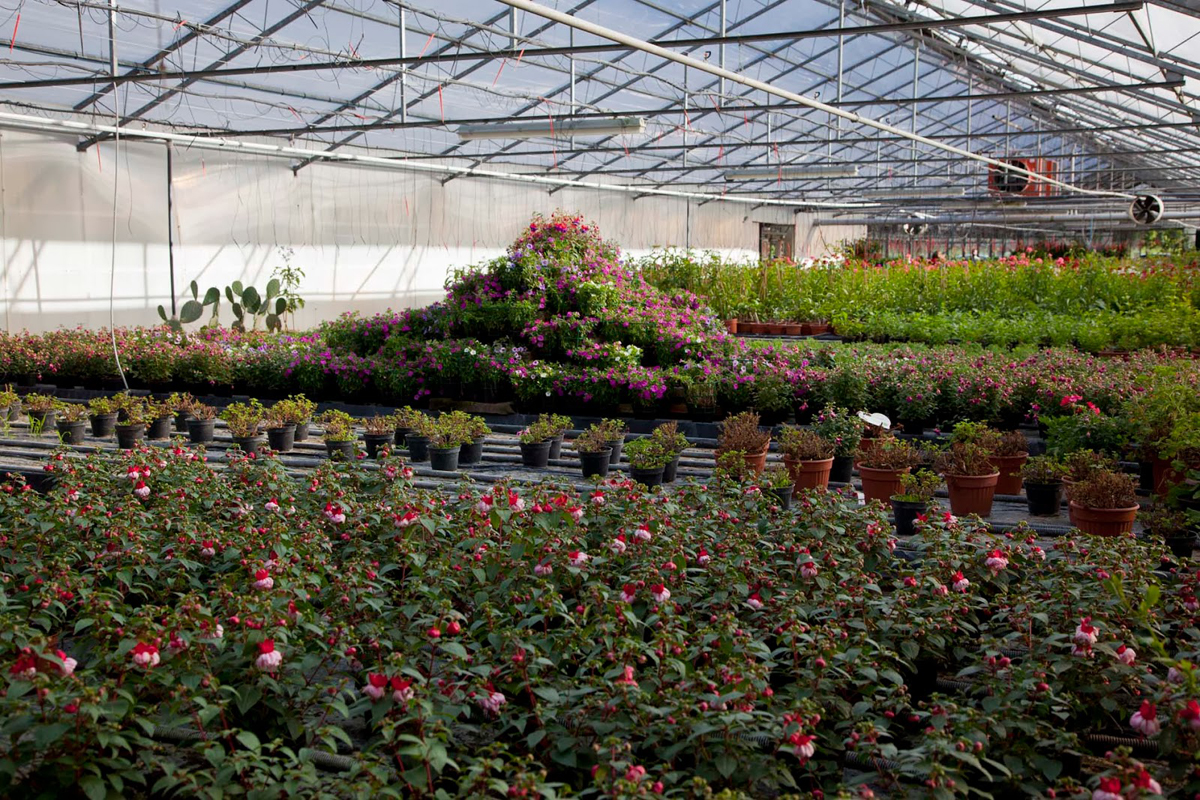
MADEINFILANDIA, Pieve a Presciano (AR).
2012
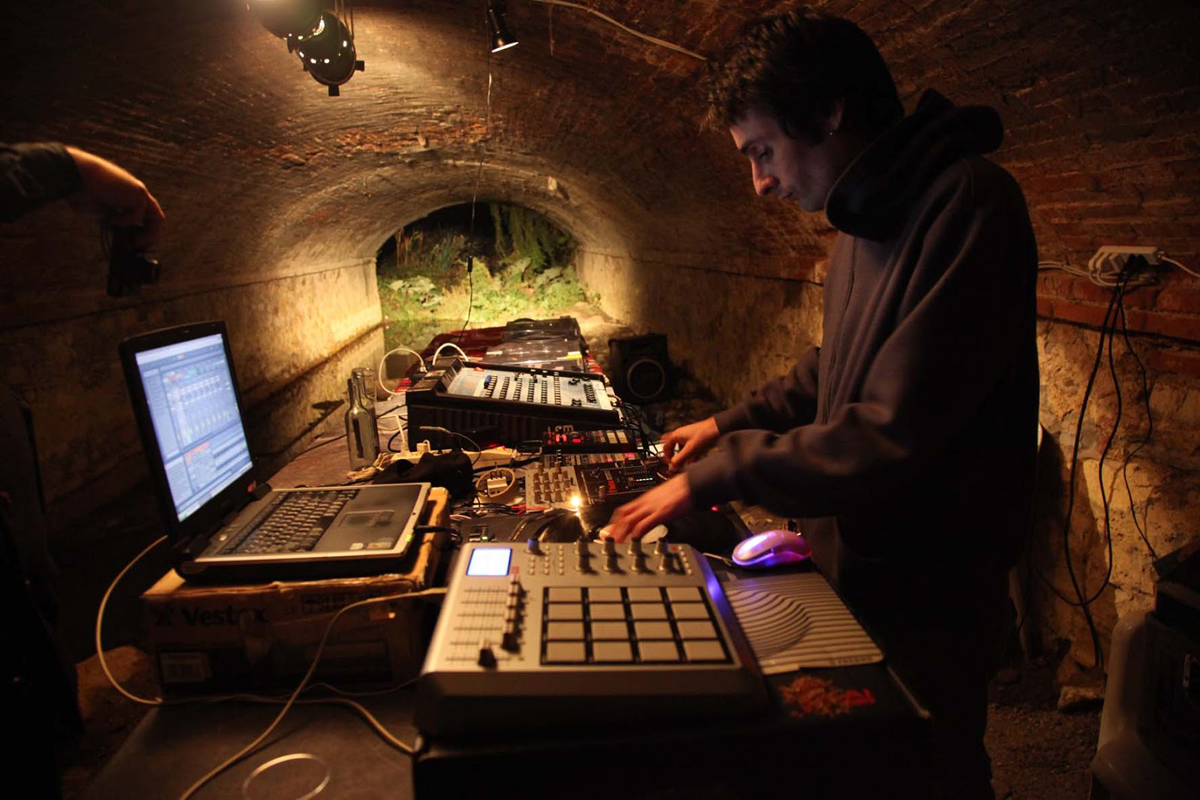



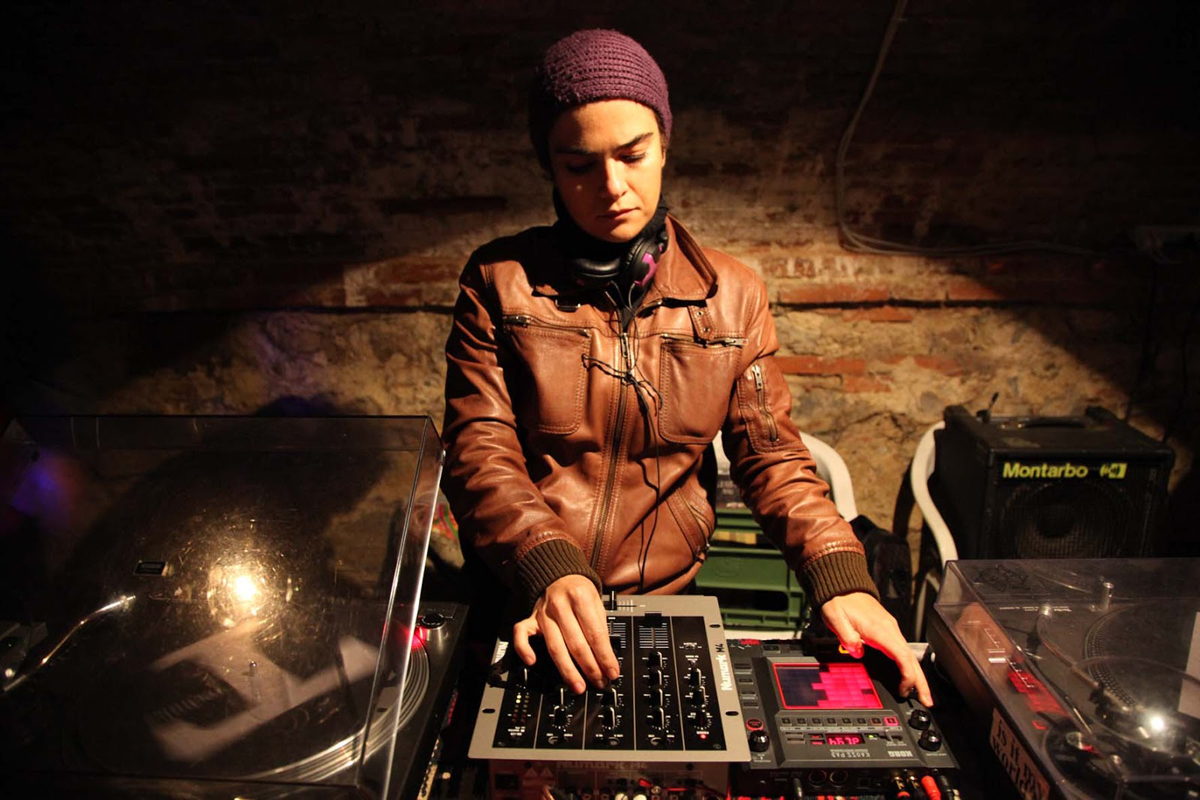
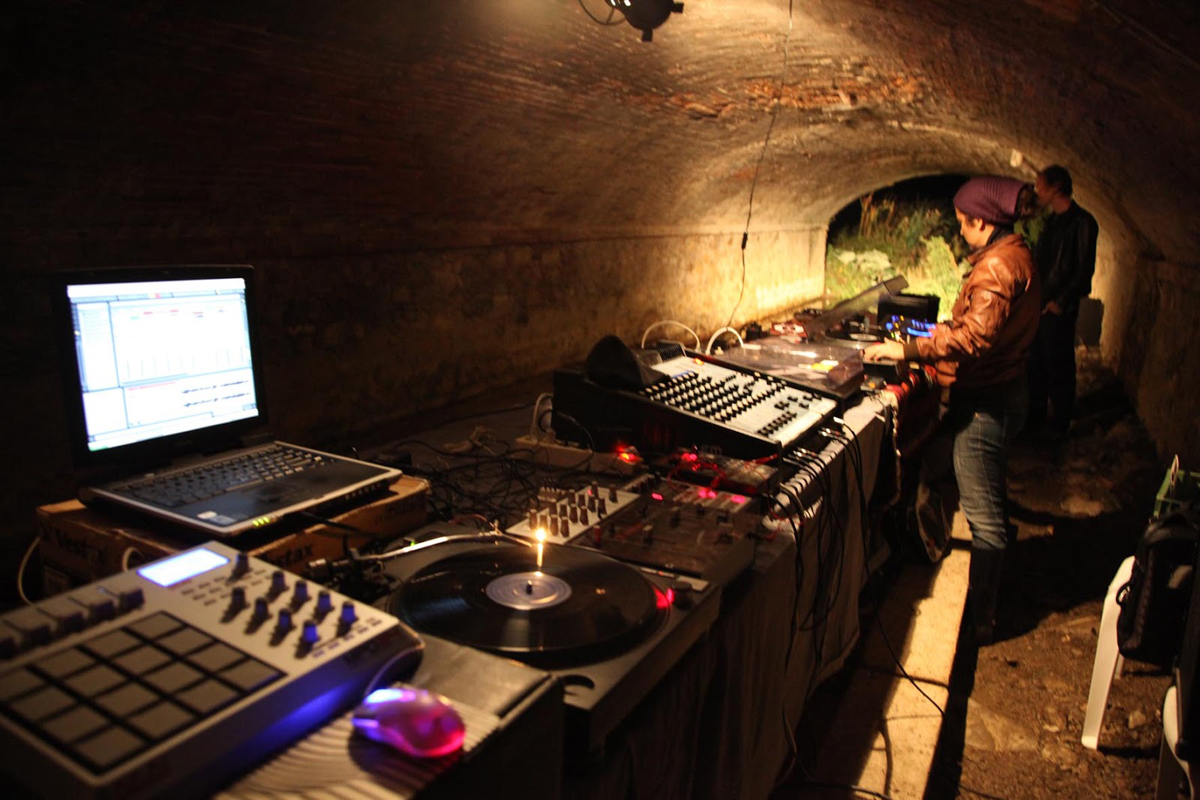

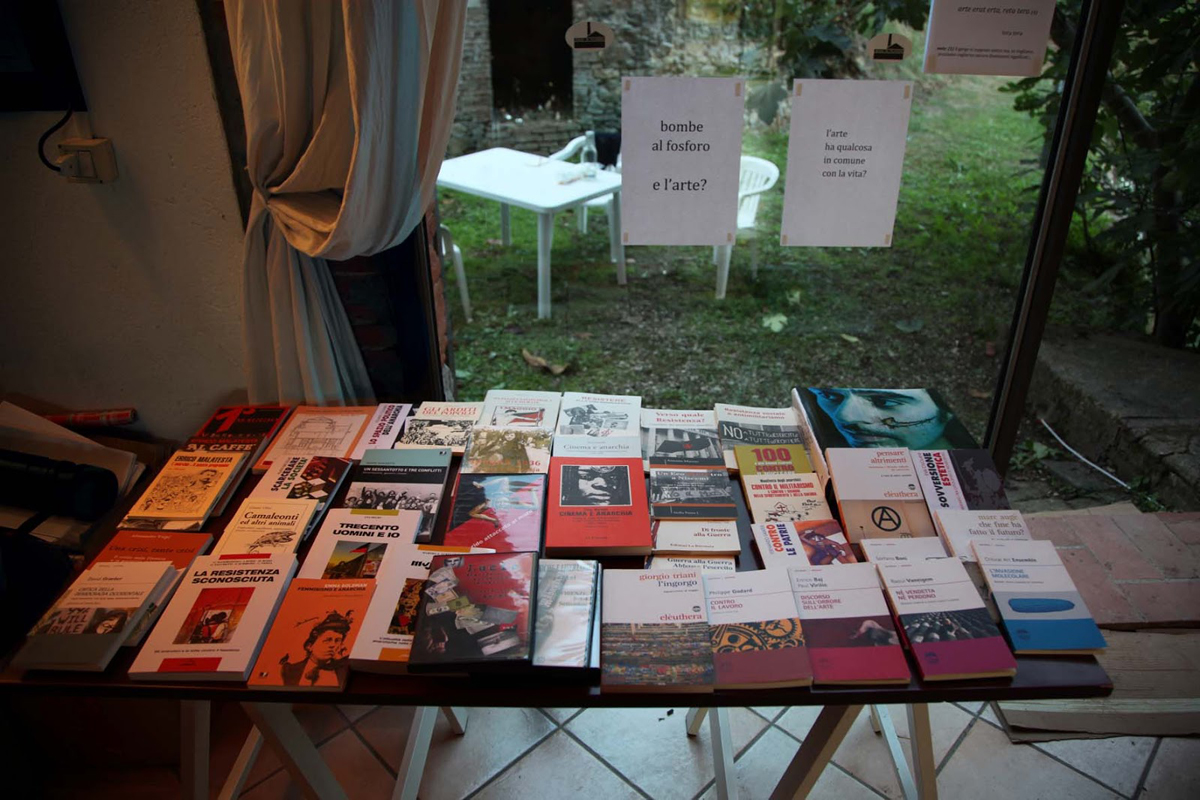

Text by Gabi Scardi, Galleria Tiboni, Bologna
2012
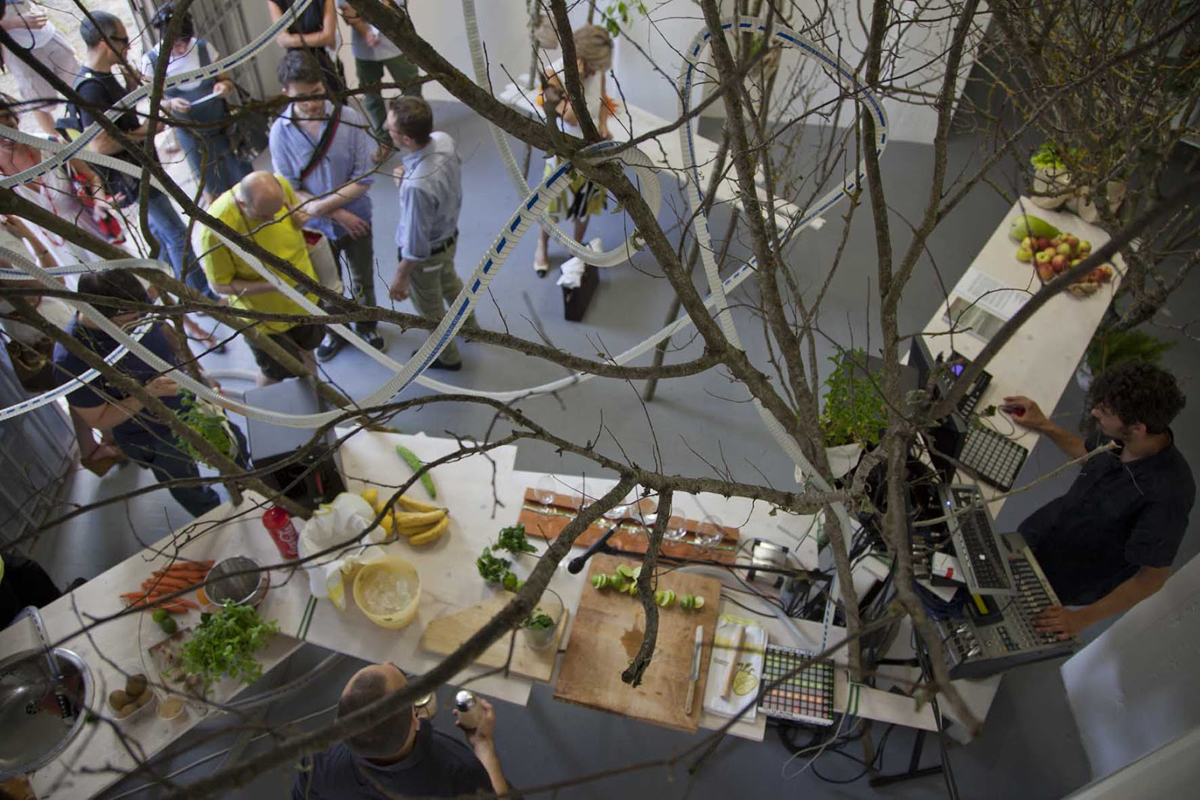
Robert Pettena brought the forest into the gallery for Jungle Junction Bar.
The perimeter of the space was occupied by a veritable copse of narrow branches, mostly straight but a few bending over slightly, that held up the platform forming the bar, around which the visitors circulated or stopped for a drink with friends.
Jungle Bar was an elastic, versatile project, that could be moved and built in any environment. It could be expanded or contracted to fit into the space available. One could interpret it in different ways, concentrating on the structure or on the possibilities it offered. It could refer to the idea of sharing and playful pleasure, of bar and agora, or to the complexity of our contradictory needs.
It made you think of houses on stilts, tree houses, urban refuges, but also of current research and development into informal green wood architecture.
The structure of the installation created an environment redolent of nature, yet artificial, seemingly spontaneous yet intentional, evocative of adventure but functional, inviting one to explore, while being comfortable and enjoyable. It did not appear to have been designed by anyone, while it was in fact the fruit of a precise project, based on the one hand on a rich and multifaceted conceptual plan. On the other hand the planning was organised with precision, using two principal elements: vertical branches and horizontal planks.
Jungle Bar invited visitors to live with simplicity, to interpret with freedom so that the structure disrupted the self-referential static which sees the work as the centre of the exhibition and the centre of attention. This installation came to life thanks to the visitors who filled the spaces within it and made the work dynamic, creating sound and atmosphere.
So the work and the public became one. That was not all; the construction became theatrical since the visitors became protagonists. It was a kind of scenery in which every action was naturally emphasised. It expressed a performative character at a time when doing and appearing seemed to be the same thing.
Jungle Bar allowed us to have fun while immersed in nature, to be in the bar but also in the gallery…Robert Pettena, always aware of the constant transformation of social life, brought to life the discrepancy between our very diverse aspirations, our opposite needs and contradictions. But he said that, there was no need to resolve or remove this complexity. Within it was a richness that we could indulge and satisfy.
His work therefore went way beyond reflection on the concrete form, not just because of its aspect and the materials it was made out of. Jungle Bar influenced the quality of the activity that went on in it. It became a filter through which to reflect on the relationship between internal and external, space in the gallery and surroundings, between the world of art and that of life.
Speaking about the gallery as space for sharing, and talking about the need to pause, this work allowed the public to have fun while at the same time incarnating the spirit of the time. It also invited us to think about something new for the future.
Gabi Scardi


